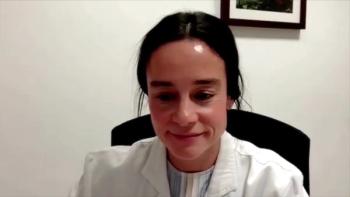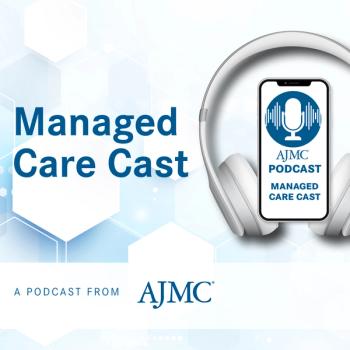
Dr C. Patrick Carroll Discusses Treating Patients With SCD-Related Pain Who Arrive in the ED
When patients present to the emergency department (ED) with sickle cell disease (SCD)–related pain, they often have been experiencing that pain for days, said C. Patrick Carroll, MD, director of psychiatric services, Sickle Cell Center for Adults, associate professor of psychiatry, Johns Hopkins Medicine.
When patients present to the emergency department (ED) with sickle cell disease (SCD)—related pain, they often have been experiencing that pain for days, said C. Patrick Carroll, MD, director of psychiatric services, Sickle Cell Center for Adults, associate professor of psychiatry, Johns Hopkins Medicine.
Transcript
How should patients with acute pain related to sickle cell disease be treated when they arrive in the ED?
Probably the shortest and best answer is the way that their outpatient multidisciplinary team tells you to. Unfortunately, a lot of people with sickle cell disease don't have that outpatient multidisciplinary team. And so, first thing is we really need to try to establish that system of care.
The short answer is, shorter answer is, rapidly and aggressively. People with sickle cell disease who've come to the emergency room or in another acute care center, typically have been suffering with their pain for several days. And they've also probably had 2 or 3 crises that year that they never came in to see you about. So, they're there for a really good reason.
And so, the pain needs to be treated quickly and the standard is to try to get people their first dose of medicine after an evaluation in about 30 minutes, and then reevaluate it because the first dose often doesn't work. And among acute pain events, sickle cell crisis and some of the most long lasting you go on for days, and sometimes weeks. So, you're going to need to reevaluate people frequently, every hour probably at least, in order to make sure that the treatments working and establish a dose.
Most people will have been through this before, they will know what works for them, and hopefully they'll have worked with their multidisciplinary team to come up with an individualized pain plan that they can guide treatment. But by and large, people know what works for them, so it helps a lot to ask the patient.
Newsletter
Stay ahead of policy, cost, and value—subscribe to AJMC for expert insights at the intersection of clinical care and health economics.








































